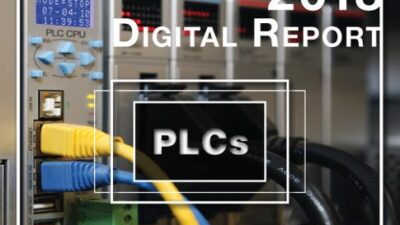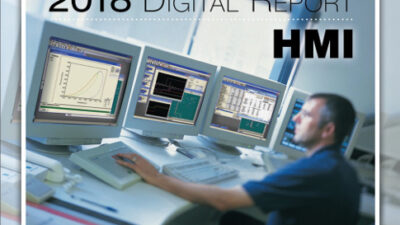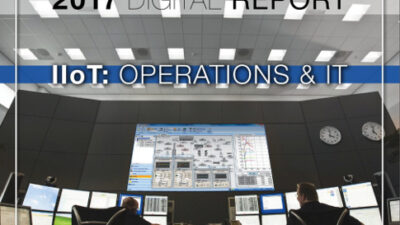''A tightly integrated, low-cost solution'' is what Ormec (Rochester, N.Y.) calls its new ServoWire Motion & Logic Controller (SMLC) that combines the performance of Ormec’s Soft Motion (PC-based) technology with standard IEC 61131-3 programming via PLCopen motion function blocks and I/O control.
| Ormec’s SMLC handles up to 16 ServoWire SM Drives with up to a 4-kHz loop update rate. |
”A tightly integrated, low-cost solution” is what Ormec (Rochester, N.Y.) calls its new ServoWire Motion & Logic Controller (SMLC) that combines the performance of Ormec’s Soft Motion (PC-based) technology with standard IEC 61131-3 programming via PLCopen motion function blocks and I/O control. The integrated approach used in SMLC extends to partnering for a real-time operating system and a variety of industry-standard networking interfaces. Operating system provider is QNX Software Systems (Ottawa, Canada) with its Neutrino RTOS, while Wago (Germantown, WI) adds Profibus DP, Ethernet (Modbus TCP/IP), and FireWire (IEEE 1394) I/O module options.
ServoWire Controller features flash memory for application program storage and battery-backed RAM for non-volatile data storage—without a hard disk. Ormec’s ServoWire technology contributes to SMLC such features as coordinated motion, electronic gearing, hardware triggers, and registration control.
ORMEC has also partnered with 3S ( Smart Software Solutions , Kempten, Germany) to implement programming of the controller using the company’s CoDeSys IEC 61131-3 software, which covers all five IEC 61131-3 standard languages. IEC 61131-3 and PLCopen Motion Control function blocks help to lower the cost of developing and maintaining new control systems. ”[The blocks] allow motions to be loaded into a queue for sequential operation initiated independent of the I/O scan rate. Motions in the queue can be automatically repeated, simplifying application programming, and triggered by high-speed sensor inputs at the servo-command rate,” says Ormec. Incremental time-based and geared motions can also be placed on top of a constant motion gear ratio, without the need to develop cam profiles.
—Frank J. Bartos, executive editor, [email protected]


